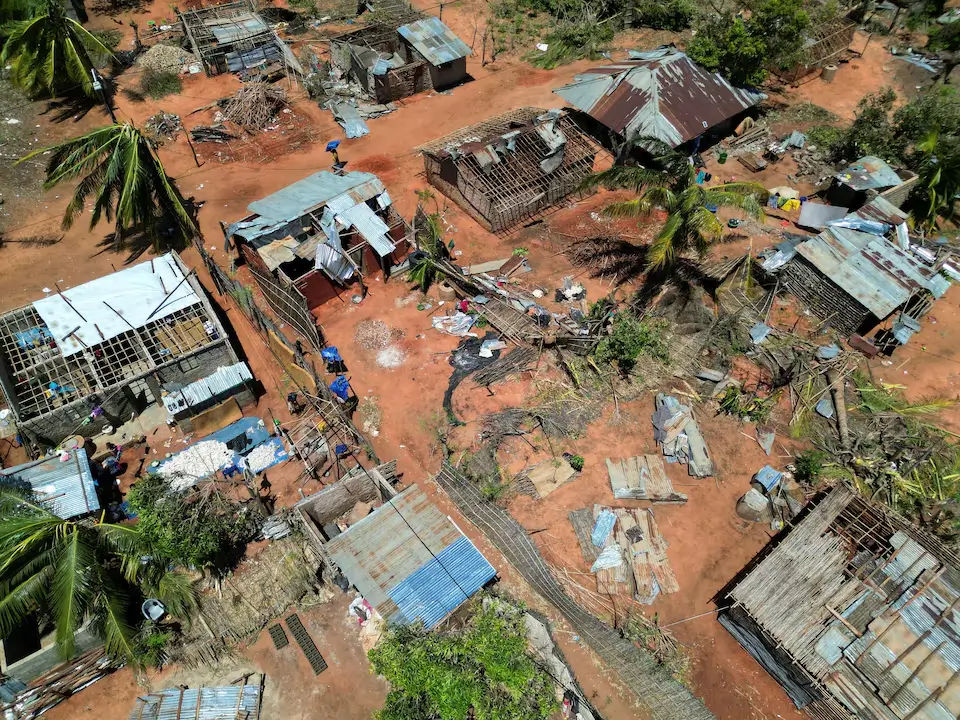Catastrophic Impact of Cyclone Chido in Mayotte
Cyclone Chido, the most powerful storm to hit Mayotte in 90 years, has left a trail of unprecedented destruction across the French Indian Ocean territory. The cyclone’s brutal aftermath reveals stark realities of social vulnerability and governmental response.
Devastating Statistics
- Official death toll: 31 (with potential for hundreds or thousands more)
- Estimated homeless: 100,000 people
- Population living below national poverty rate: Over 75% of 321,000 residents
Community Voices: Cyclone Chido Leaves Mayotte Residents Rebuilding
Immediate Challenges
Residents of hillside shantytowns describe a grim scenario of near-total abandonment:
- Constant sound of hammers and saws as people rebuild makeshift homes
- Minimal government or emergency service presence
- Entire neighborhoods completely wiped out
Local Testimonies
El-Yassine Ibrahim, a social worker, starkly stated: “We haven’t seen anyone from the state here. They are certainly busy with other things.”
Systemic Marginalization Exposed by Cyclone Chido in Mayotte
Demographic Realities
- Approximately 100,000 undocumented migrants primarily from Comoros and Madagascar
- Shantytown residents historically overlooked by French state institutions
- Poor infrastructure and extreme poverty characterize these communities
Lack of State Intervention
Saida Saindzou from Bonovo emphasized the chronic absence of state protection: “The police never come here.”
Personal Stories of Loss After Cyclone Chido
Individual Experiences
Abdu Youssef Ahamada, a 16-year-old survivor, described his harrowing experience:
- Received only a text message warning to take cover
- Hid under a bed with siblings
- Emerged to find entire home destroyed
- No official support or presence during or after the storm
Broader Social Commentary on Cyclone Chido’s Impact
Local resident Fahar Aboudhamir offered a poignant observation: “The trees served to hide the misery of immigrant families. It’s with the trees gone that people now see Mayotte’s suffering.”
Government Response to Cyclone Chido in Mayotte
Planned Deployment
- 1,800 police personnel
- 1,600 military staff promised
- President Emmanuel Macron scheduled to visit the territory
Official Silence
A spokesperson for Mayotte’s prefect declined to provide details about current state and army deployment, highlighting the bureaucratic disconnect.
Environmental and Social Landscape Post-Cyclone Chido
The storm has dramatically transformed Mayotte’s landscape:
- Banana and mango plantations reduced to dirt fields
- Immigrant families left homeless
- Community support systems emerging as primary relief mechanism
Conclusion
Cyclone Chido has not just destroyed physical infrastructure but exposed deep-rooted social inequalities in Mayotte. The storm’s aftermath reveals a complex narrative of marginalization, resilience, and the urgent need for comprehensive social support.
As President Macron prepares to visit, the critical question remains: Will this tragedy lead to meaningful, long-term systemic changes for Mayotte’s most vulnerable populations?

